Increasing Urbanization
The rapid pace of urbanization is a key driver for the Street And Roadway Lighting Market. As populations migrate to urban areas, the demand for effective street lighting solutions intensifies. Urban centers require enhanced lighting to ensure safety, improve visibility, and support nighttime activities. According to recent data, urban areas are expected to house over 68% of the world's population by 2050, necessitating significant investments in infrastructure, including street lighting. This trend indicates a growing market for innovative lighting solutions that cater to the needs of densely populated areas. Furthermore, municipalities are increasingly recognizing the importance of well-lit streets in reducing crime rates and enhancing the overall quality of life for residents. Thus, urbanization not only drives demand but also shapes the evolution of lighting technologies in urban settings.
Technological Advancements
Technological advancements are significantly influencing the Street And Roadway Lighting Market. The integration of smart technologies, such as IoT and connected lighting systems, is transforming traditional street lighting into intelligent networks. These advancements allow for real-time monitoring and control of lighting systems, leading to improved energy efficiency and reduced operational costs. For example, smart street lights can adjust their brightness based on ambient light conditions or pedestrian activity, potentially reducing energy consumption by up to 30%. Furthermore, the adoption of solar-powered street lights is gaining traction, providing sustainable lighting solutions that are particularly beneficial in remote areas. As technology continues to evolve, the market is likely to witness the emergence of innovative solutions that enhance the functionality and efficiency of street lighting systems.
Focus on Sustainable Practices
The focus on sustainable practices is becoming increasingly prominent within the Street And Roadway Lighting Market. As environmental concerns gain traction, there is a growing demand for lighting solutions that minimize ecological impact. This trend is reflected in the rising adoption of energy-efficient technologies, such as LED lighting, which not only consume less energy but also have a longer lifespan compared to traditional options. Reports suggest that transitioning to LED street lighting can reduce energy costs by approximately 40 to 60%. Additionally, the integration of renewable energy sources, such as solar power, is gaining popularity as cities strive to reduce their carbon footprint. This shift towards sustainability is not merely a trend but a fundamental change in how street lighting is approached, influencing purchasing decisions and shaping the future of the market.
Government Initiatives and Regulations
Government initiatives and regulations play a pivotal role in shaping the Street And Roadway Lighting Market. Many governments are implementing stringent regulations aimed at improving energy efficiency and reducing carbon emissions. For instance, various countries have set ambitious targets for reducing greenhouse gas emissions, which often include mandates for upgrading street lighting systems to more energy-efficient alternatives. This regulatory environment encourages municipalities to invest in modern lighting technologies, such as LED systems, which can reduce energy consumption by up to 50% compared to traditional lighting. Additionally, government funding and incentives for smart city projects further stimulate the market, as cities seek to integrate advanced lighting solutions that enhance public safety and operational efficiency. Consequently, these initiatives not only drive market growth but also foster innovation in lighting technologies.
Rising Awareness of Safety and Security
Rising awareness of safety and security concerns is a crucial driver for the Street And Roadway Lighting Market. Well-lit streets are essential for enhancing public safety, as they deter criminal activities and reduce accidents. Communities are increasingly recognizing the importance of adequate street lighting in creating a secure environment for residents and visitors alike. Studies indicate that improved street lighting can lead to a reduction in crime rates by up to 20%, thereby fostering a sense of safety in urban areas. This heightened awareness is prompting local governments to prioritize investments in street lighting infrastructure, particularly in high-crime neighborhoods. As a result, the demand for effective and reliable lighting solutions is expected to grow, driving innovation and competition within the market.


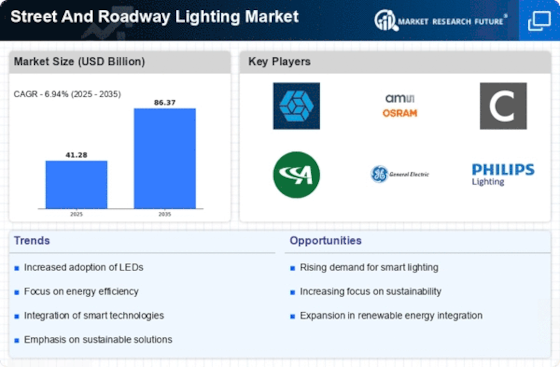
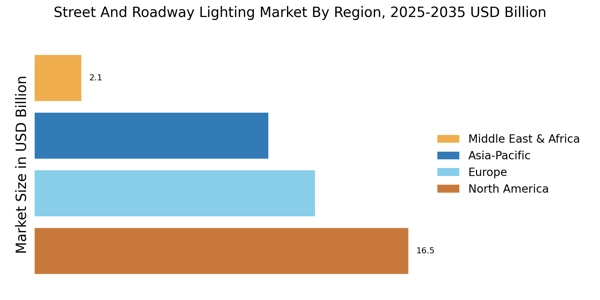
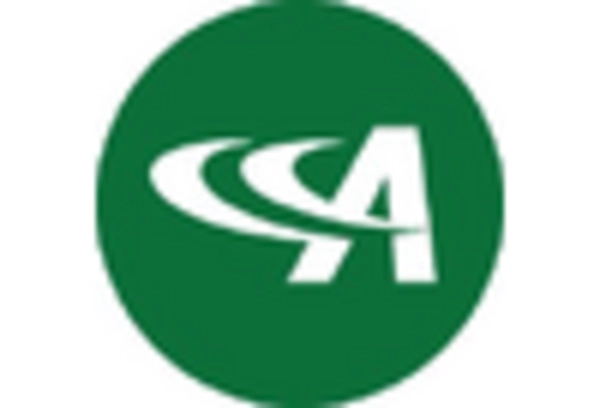

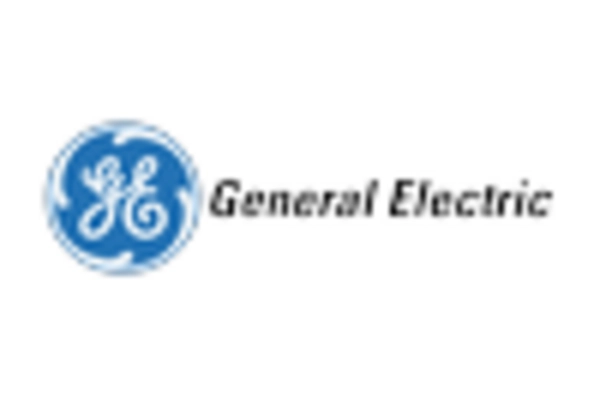

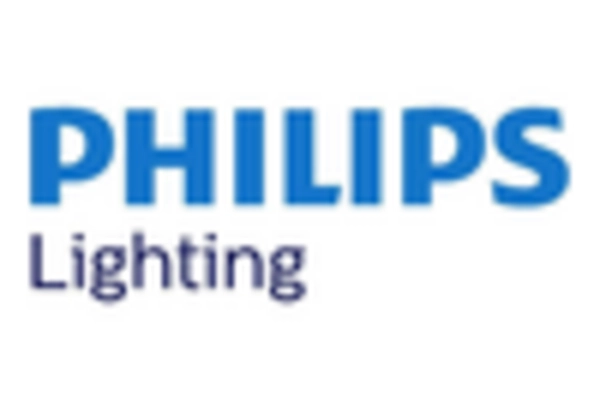









Leave a Comment